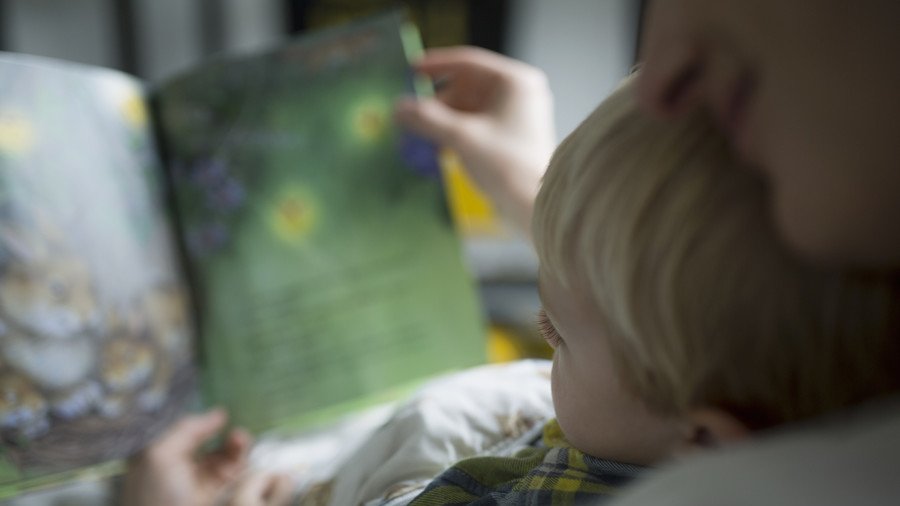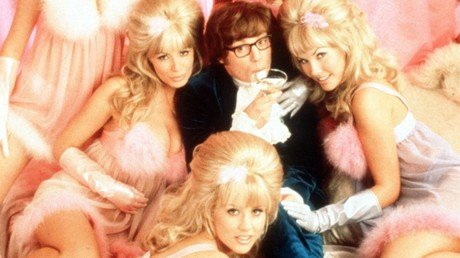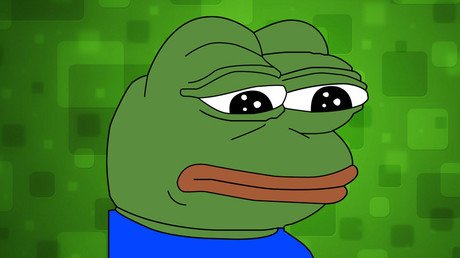Monstrous males? Analysis of children’s book villains show strong gender bias

Everyone’s heard the tale of wicked witches hailing from the West but, a new study proves the gender bias doesn’t stop there, as males are twice as likely to be given leading roles and portrayed as monsters in children’s books.
Analysis of the 100 most popular children’s picture books in the UK last year found rampant casual sexism in children’s reading material. Villains were eight times more likely to feature as male, lead characters are 50 percent more likely to be men, and as such are 50 percent more likely to have speaking parts.
The study, carried out by The Observer and market research company Nielsen, found female characters are absent from about a fifth of the best selling kids books of the year – and when they do appear, it’s typically as creatures like birds, cats and insects. Males, meanwhile, are often cast as dragons, bears and tigers.
Furthermore, when genders were assigned to animals or inanimate objects, from vegetables to skeletons, the author was 73 percent more likely to label the character as a male. On the other end of the spectrum, mothers appeared twice as often as fathers – who rarely even appeared without a co-parent.
READ MORE: ‘Tank-topped bumboys’ and ‘hot totty’ – BoJo’s sexist and homophobic journalism unearthed
However, the research is not necessarily reflective of more recently released children’s books, which likely center on a more gender-balanced tale, as parents often opt for the stories they read themselves as children.
In fact, only half of the books in this year’s top 100 were published in the last five years. “Parents go back to books they know and trust from their own childhood. They should seek out recommendations for new titles,” said Deirdre McDermott, picture books publisher at Walker Books.
Think your friends would be interested? Share this story!















